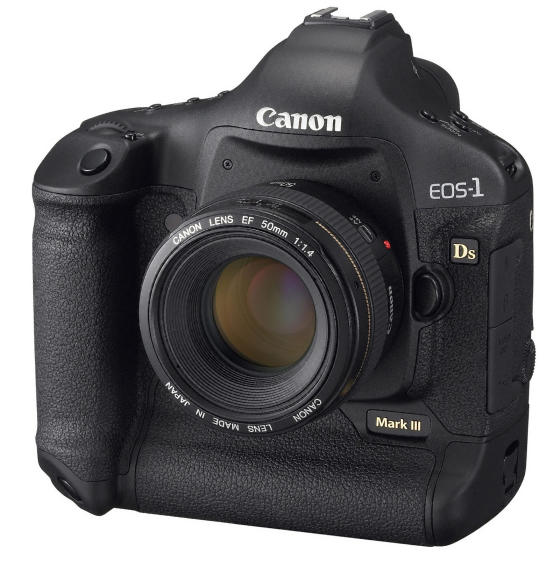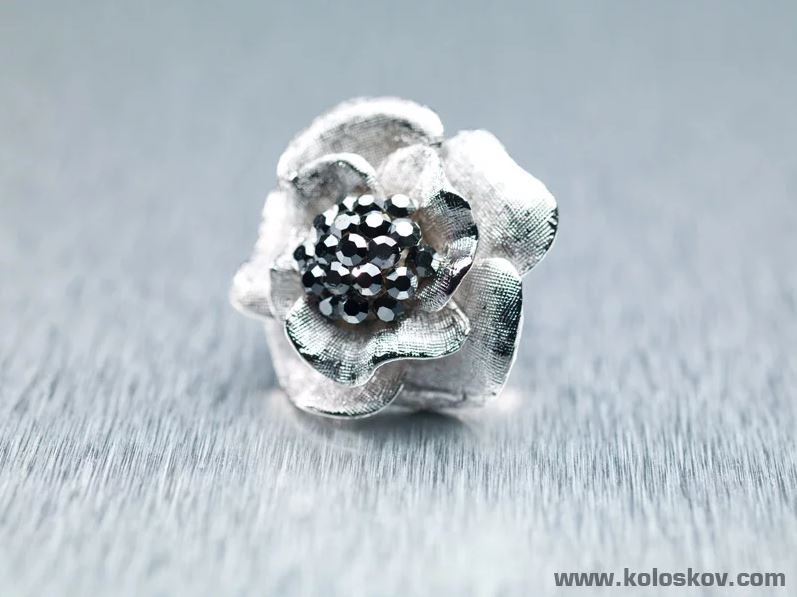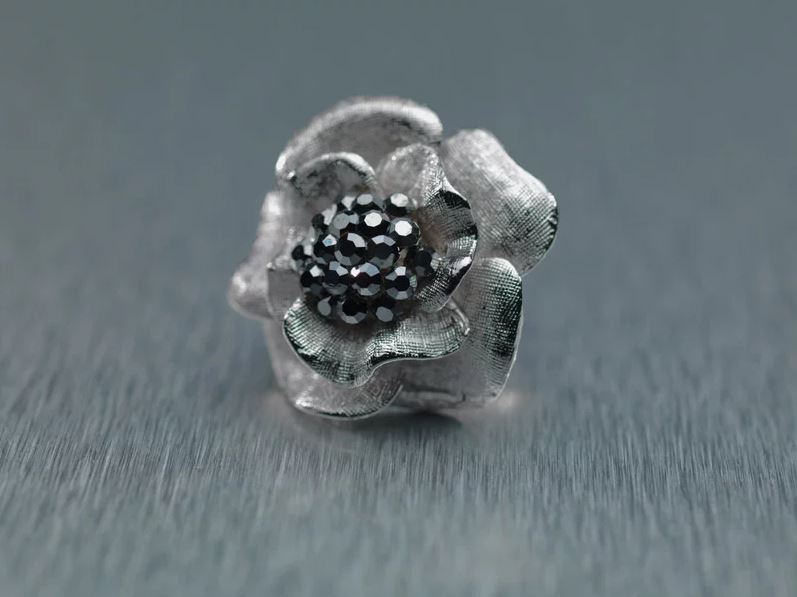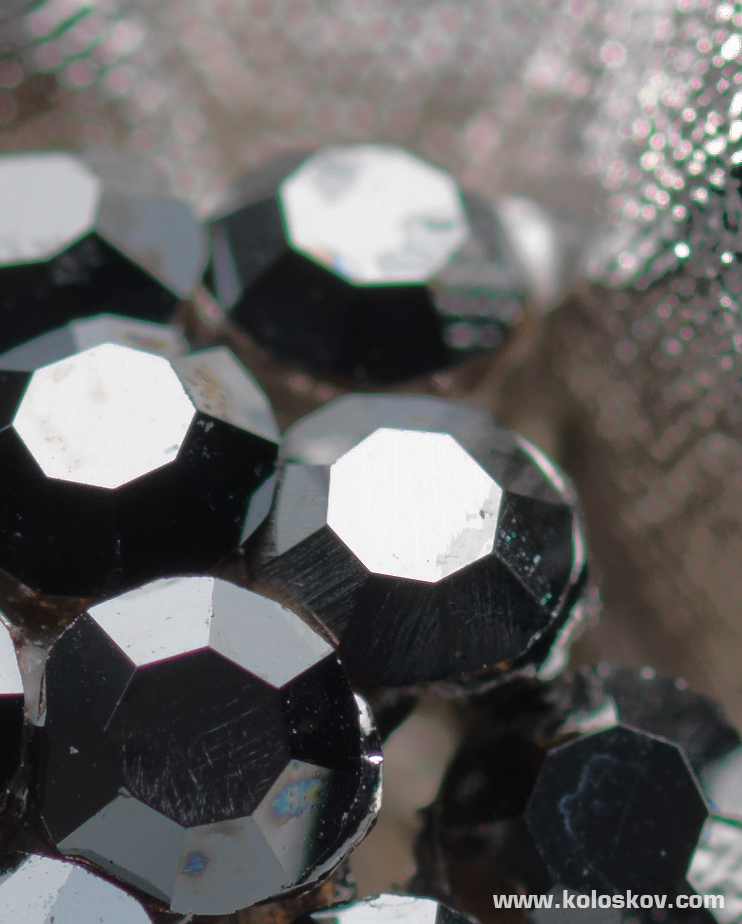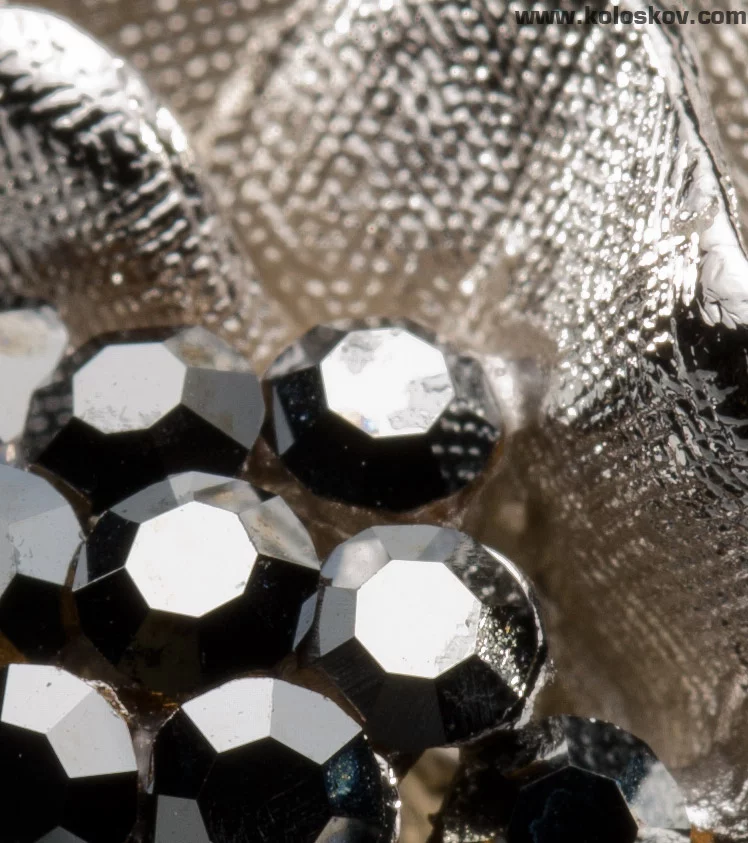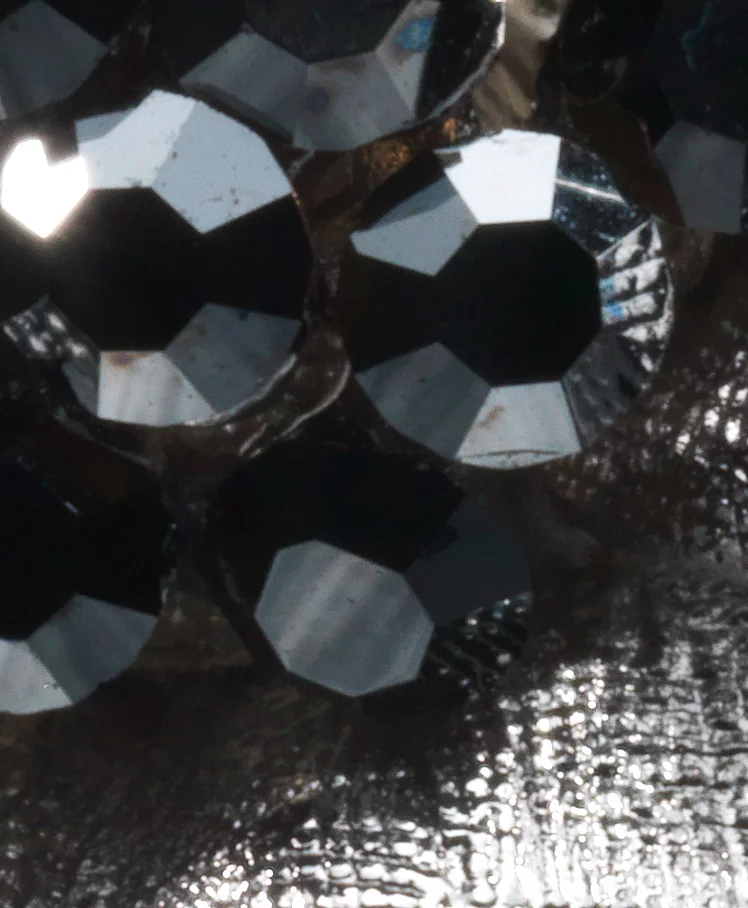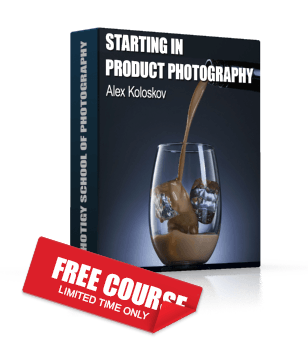Hasselblad H4D-50 against Canon 1Ds MarkIII:
what do we get for the money?
I had a great opportunity to test-drive a new Hasselbald H4d camera with its huge 50 Megapixel digital back, thank to John Williams from Hotwire-digital.com. Knowing specification of the Hasselblad, I did not want to simply compare those 2 cameras: they are very different animals, with different purpose… besides the fact they both capture images 🙂
Ease of use, camera controls, weight, focus speed and other “external” parameters is not interesting for me, as all of this parameters is highly subjective, both cameras has a big list of fans among professional photographers.
Hasselblad H4D-50 VS Canon 1Ds MarkIII
Technical specification of Hasselblad H4D-50: Data sheet
Technical specification of Canon 1Ds mark III: data sheet
What I was curious to see is an actual difference in the image quality, especially in macro and around macro world: this is most important for me as a product photographer.
What is image quality for me? First of all, amount of visible details, then sharpness of those details and then dynamic range of the image. The way lens and camera handles high pitch glare pieces was also interesting for me to compare. Obviously, lens is also responsible for most criteria, so we can call it a lens test as well.
Hasselblad had 120mm F4 HC macro lens, Canon was wearing 100mm F2.8L IS macro.
This is how we did the test:
Two very different object were photographed: one high contrast, high reflective jewelry piece and a live flower, it’s full of pollen stamen in particular. Exactly the same lighting and shooting distance were used for both cameras.
First, we shoot a sequence of different apertures to see how DOF is changed, but most important, how diffraction started to become an issue. This is very interesting to me, as many times I have go with as deep as possible DOF while working with various products, and knowing how much sharpness and details I will lose when closing aperture down is quite important to know.
Obviously, this was more like a lens test, as lens plays the main role in fighting (or helping) with a diffraction, but this is what I need as well: both cameras had best mainstream macro lens on them, and moist likely I would use the same HC 120mm lens on Hasselblad when (if) I decide to switch over to a Hasselblad system.
BTW, the super shallow DOF because of a larger physical sensor size, which always refers as an advantage of the medium format systems over 35mm ones, is not an advantage for me: Working about 5 years as a product photographer, I’ve never needed a super-shallow DOF. Instead, in most cases I need as super-deep DOF, and quite often I do a focus-stacking to get that desired deepness.
Second test was done by shooting both overexposed and underexposed images of that jewelry: high contrast, deep dark areas and bright silver makes already complicated shoot even more harder job for a camera to capture when under/overexposed.
For Hasselblad I was using Phocus 2.5.2 software to convert, adjust and generate lossless TIFF files, which was cut in Photoshop for this article. I found that Phocus works better in recovering dark or bright areas then Photoshop.
For Canon, all image manipulations were done in Photoshop CS5 and it’s RAW converter. No other editing were applied: sharpness was set to “high” for Hasselblad, default sharpening for Canon files in Adobe RAW converter. This settings seem to match Hasselblad’s “high” by the amount of sharpening. White balance was set to match flash color: K5700. No other white balancing was done: I want to use a default color from a camera RAW to see the color difference as well. But definitely, this test was not about the color reproduction.
The results are below.
The most significant difference, as we already know, is a sensor size. 22 v.s 50 mega-pixels is a huge difference. First I was thinking to minimize that difference to shoot closer to the object with Canon, so it will be more of the dynamic range test and contrast/sharpness and glare control test only, but than decided to do a real-life test. Megapixel count is a biggest advantage and the most expensive piece of the medium format sensor, and it won’t be fair to exclude it from the test.
Dynamic range and glare control test sequence:
1. Overexposed recovery test.
I’ve tried to use the same amount of light for a both cameras. “Tried” because H4D-50 was set to ISO50 and Canon was at ISO100, so at the same aperture I had to adjust lights accordingly every time we swap the cameras.
As wee see, a huge dynamic range of Hasselblad camera sensor make possible to recover almost everything. However, I’ve noticed that strange color casting around the edges and on a blurred highlighted areas (look at top right corner): I see greenish and purple spots. Have no idea what is that, but the same purple casting on a bright and green on a dark areas can be found on mot of the shots of the ring.
When I’ve tried to fix this with color and WB adjustments nothing seems to work. Lens correction was ON by default, and did not play any role on this color issue.
Therefore, a question to those who knows Hasselblad system better: what are that color casting? Is this because I’ve got such shiny object? In any case, I’ve never seen anything like this in Canon, regardless of how I develop Canon’s RAW.
UPDATE: the answer is below
Here is the same shot with Canon 1Ds Mark 3:
As you see, Canon did a great job as well, but it’s narrower dynamic range is slightly visible: Hasselblad got a little bit more details recovered. No color issues here. Also, I’ve noticed Hasselblad handles glare a little bit better.
2. Underexposure test:
Hasseblad H4d-50:
This is where Hasselblad 16 bit sensor is truly shines! I had (the reason is gone) the image for hasselblad underexposed a little more then for Canon, but still was able to recover almost everything on the darkest part of the composition! No visible noise, and all the details are there.
Canon can’t get even closer to this result: I’ve used as maximum as possible recovery (fill light + exposure compensation actually), stopped just before noise start to kill everything, but it was far away from the H4D achievements. Now I feel so sorry about my poor cheap Mark :-))
DOF/glare/sharpness test on various aperture settings.
The idea was to see how image details will be changing when closing aperture down. Like I said previously, deep DOF is very important to me. Hasselblad HC 120mm F4 macro lens has maximum aperture of F45 versus F32 on Canon 100mm F2.8L IS macro lens.
The full image:
No sharpening was applied beside RAW converter: “High” for hasselblad in Phocus, As-is for Canon.
All photos below are 100% crops
Hasselblad H4D-50 with HC 120mm F4:
F11:
Hasselblad h4d-50 HC-120mm F11
F16:
F22:
F32:
F41:
Canon EOS 1Ds Mark III with 100mm F2.8L Macro lens:
F10:
F16:
F22:
F29:
First of all (besides the resolution difference, which is so dramatic;-), the color:
Like I mentioned before, both sequences were not color corrected, only the same color temperature was set. Hasselblad shows very neutral colors, while Canon added too much saturation into the picture.
Amount of details are enormous on the image captured with 50 Mpx sensor: tiny 35mm sensor simply can’t capture that many. Hasselblad is also softer, despite of sharpening was set to “high” in RAW converter: This is the way I want it to be, as we can always increase sharpness later in post production, but still have maximum of the details from RAW.
Regarding DOF:
Large sensor has shallow DOF compared to a smaller 35mm sensor at the same aperture, as expected. However, because it’s 120mm lens has more room for aperture adjustments, it still wins the competition: while providing extremely shallow DOF when needed, it capable to deliver still full of detail image at almost completely closed iris, F41.
Canon is showing very good results as well, despite the fact that image was a little overexposed (see those orange stems). Even at F29, it is still good (not as good to be used though, I usually do not go beyond f22). Probably the same as HC 120 at F41, if only the resolution would be the same:-)
The last test:
Overexposure on non-reflective object, the same flower
Again, Canon was able to recover the same (+-10%), I really do not see the difference) amount of overexposed tissue. It looks like highlights is not a big problem for Canon, but deep shadows are.
Ok, almost done here:-) Except the video. Yes, we got a video of the whole process, and I need one more day to finish it up. There will be mine and John’s happy faces talking about the cameras, the shooting setup and, most interesting, a focus adjustments on Hasselblad when shooting tethered. This is one thing about Hasselblad’s controls I definitely like: I can select any point on the image (all done from connected PC or Mac) and adjust focus to get the maximum contrast (which is an indication of a maximum focus), all controlled from a computer.
Found some interesting info regarding Anti Aliasing filter on our cameras:
There is a company called Maxmax, they can remove AA filter from most of 35mm DSLR. There is a comparison before and after AA filter removal on maxmax.com
Quite interesting, is not it? There is a long debate about AA removal, enjoy all ten pages, if you can: AA discussion
Now, the conclusion.
The ultimate question, does new Hasselblad H4D worth it’s price ($38K $25K for the 50 megapixel version, $40K for top of the line 60 megapixel one) has not been completely answered for me. From one side, it is definitely YES:
Amazing dynamic range, huge resolution, precise focus and camera’s mechanics, lenses which are able to capture all that details: the new Hasselblad worth every penny Hasselblad’s family asking for it. Having top-of the line equipment, camera with the most sophisticated and most recent technology involved should cost such money.
From other side, do I really need such camera for such money? Do I want it? Yes! Can I successfully continue to work without it? Yes! The most important question, I think, is “WHEN“. When will I have to buy such or similar camera?
So far, working with my Canon, which is no doubt more faster and more convenient in everyday use (IMO) and 5(!) times less expensive then Hasselblad H4D, I never had a situation when client asked something like “can I have a larger image?”, or “is there is a way we can see more details of our product?”. So far I am able to deliver everything they want with my MarkIII. Yes, I shoot 3 exposure HDR for interior/exterior to get all the lighting range under control, I use focus stacking on some of my product shots, but it works, and it works great!
However, I do have goals I need to move towards, I know that at some point any 35mm DSLR won’t be enough for me. I really hope I’ll figure out that “point” sooner then later:-) I do not want to wait till my new big customer will tell me that image does not have all the details they where looking for and therefore they can’t use it for the application they want. On other hand, I do not want to invest $50K (think about the lenses needed) in something which may not pay off its price withing one year. But I’ll get there. Maybe even sooner then I am thinking now :-).
Hope this article was interesting, you can Like our facebook company page and subscribe to RSS feed: it is better stay updated. I am currently working on a blog post from our latest project, a children fashion photo shot, we got some amazing images 🙂
Also, I would really love to hear your opinion, especially from those who worked with Hassleblad systems for a while. Again, many thanks to John from Hotwire-Digital.com, the place where we can Get the Best from the Experts.
UPDATE:
On fredmiranda.com, where I have posted thois article, one good guy explained that color fringing I’ve seen on all Hasselblad’s overexposed images of the ring: It called longitudinal chromatic aberration, or color bokeh.
Below a scan from Zeiss article about this issue. Whihc i understand, but still not like: little canon lens almost free from it. may be because it is little? Smaller glass element is less likely to have that chromatic abberation? Not sure. So, here is the article (the full document “DOF and bokeh explained” can be found here):
Carl Zeiss article explaning color bokeh, or longitudinal chromatic aberration
UPDATE (10/17/2010)
Want to make sure we have a correct exposured image, 100% of the same area from H4D: it is almost free from Chromatic Aberration, see yourself:



